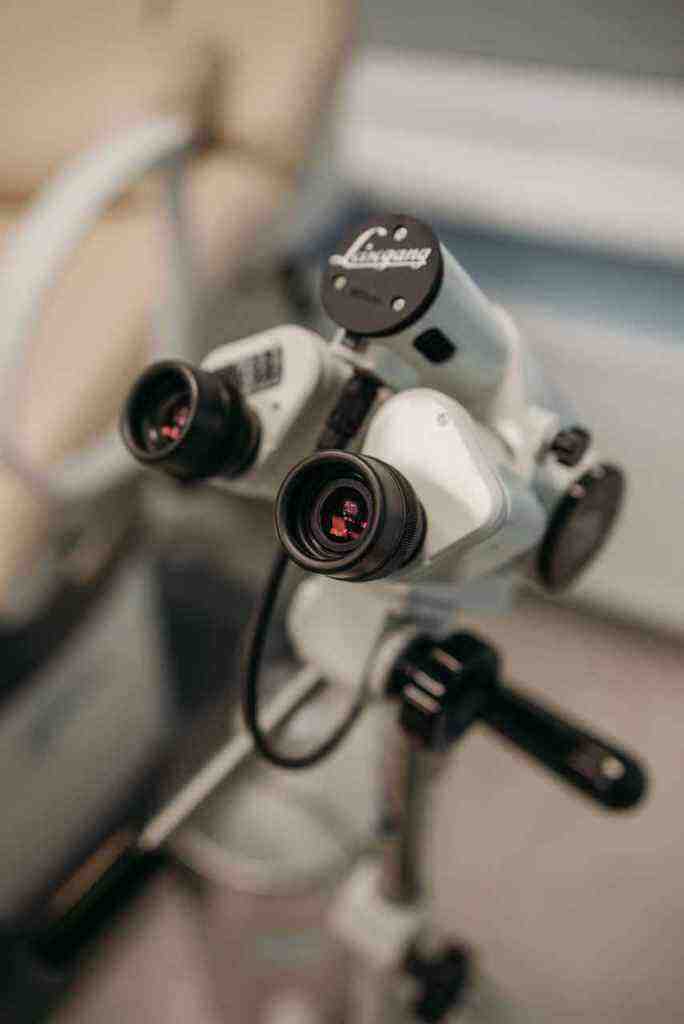Advancements in Computer Vision for Colonoscopy: Unveiling the C3VD Dataset
In the realm of medical diagnostics, colonoscopy stands as a crucial procedure for detecting and preventing colorectal cancer. This endoscopic examination involves navigating a camera through the colon to meticulously inspect its intricate lining. However, the accuracy of colonoscopy screenings can be influenced by various factors, including the skill and experience of the endoscopist, the complexity of the colon’s anatomy, and the challenges associated with real-time image analysis.
Enter computer vision systems, a beacon of hope in the quest for more precise colonoscopy screenings. These systems, equipped with the remarkable ability to analyze medical images and provide real-time feedback, hold the potential to revolutionize colonoscopy, enhancing its accuracy and efficacy. However, the development and evaluation of computer vision algorithms for colonoscopy have been hindered by a critical roadblock: the lack of properly labeled datasets that contain accurate ground truth information.
The C3VD Dataset: A Groundbreaking Catalyst for Colonoscopy Research
Researchers at the esteemed Johns Hopkins University have valiantly taken up the challenge, pioneering the creation of a groundbreaking dataset called C3VD (Colonoscopy Camera Calibration and Colon Geometry Estimation Video Dataset). This dataset, a treasure trove of simulated colonoscopy videos, stands apart from its predecessors by more accurately reflecting the intricacies of real-world colonoscopy imaging.
Encompassing over 10,000 meticulously labeled frames, each adorned with ground truth normals, optical flow, occlusion, coverage, and poses, the C3VD dataset empowers researchers to train and evaluate computer vision models in conditions that mirror real-world scenarios. This comprehensive dataset serves as a catalyst for the development of advanced computer vision algorithms that can assist endoscopists in performing more accurate and effective colonoscopy screenings.
Unveiling the Intricate Development of the C3VD Dataset
The genesis of the C3VD dataset lies in the creation of a digital sculpture of the colon, meticulously crafted from reference anatomical images. This digital model, a virtual replica of the colon’s intricate architecture, was then brought to life through a physical casting process, resulting in a realistic colon phantom.
Using a clinical HD colonoscope, researchers embarked on a mission to capture video sequences of the colon phantom, meticulously replicating the lighting conditions, sensor gain, gamma, and noise encountered in real-world colonoscopy procedures. These factors, often overlooked, play a pivotal role in the performance of computer vision algorithms, ensuring the C3VD dataset’s authenticity and relevance.
The next hurdle lay in the intricate task of registering the videos to the model, a process known as registration. This delicate alignment of the videos with the model allowed researchers to extract ground truth information for each frame, creating a dataset of unparalleled accuracy and completeness.
Significance and Potential Applications of the C3VD Dataset: A New Frontier in Colonoscopy
The C3VD dataset represents a monumental leap forward in the field of computer vision for colonoscopy, providing a much-needed resource for researchers to train and evaluate computer vision algorithms. This dataset paves the way for the development of advanced tools that can assist endoscopists in performing more accurate and effective colonoscopy screenings, potentially saving lives and revolutionizing the early detection of colorectal cancer.
The C3VD dataset holds the key to unlocking a plethora of potential applications, including:
* Real-time feedback systems that alert endoscopists if they inadvertently miss inspecting a tissue area during a colonoscopy procedure, minimizing the risk of overlooking potential abnormalities.
* Computer-aided diagnosis systems that can identify suspicious lesions in real time, improving the accuracy of lesion detection and reducing the likelihood of misdiagnosis.
* Guidance systems that navigate the endoscopist through the colon, highlighting areas that may have been missed during the procedure, ensuring complete visualization of the colon and eliminating blind spots.
Conclusion: A New Era of Colonoscopy Beckons
The development of the C3VD dataset marks a pivotal moment in the evolution of computer vision for colonoscopy. This meticulously crafted dataset provides a foundation for the development of advanced computer vision algorithms that have the potential to transform colonoscopy screenings, making them more accurate, efficient, and life-saving. As researchers continue to harness the power of computer vision, the future of colonoscopy appears brighter than ever, promising a new era of enhanced diagnostics and improved patient outcomes.
